AN EXHIBITION of Cartier jewels, many never seen before in public, has opened in London, tracing the history of the luxury French design house beloved by the rich and famous, from Indian maharajas to the late Queen Elizabeth.
For the first time in three decades, the V&A museum is showing a retrospective of some of Cartier’s most iconic creations.
Founded in Paris almost 180 years ago, the company has pioneered and modernised the luxury jewellery market.
“We all think of Cartier as being this wonderful design epic and glamorous name, but it’s also because they are so good at creating something that is ahead of the times, but doesn’t go out of fashion,” said curator Helen Molesworth.
The exhibition opened earlier this month and is already sold out for till May, but visitors have until November 16 to marvel at some 350 brooches, tiaras, necklaces and earrings featuring diamonds, pearls and other precious stones.
Curators of the exhibition brought together rare pieces from museums around the world, including from private collections such as items belonging to King Charles and Monaco’s Prince Albert.
One of the masterpieces on display is the Williamson pink diamond rose brooch, made for Queen Elizabeth in 1953, the year of her coronation.
It contains a 23-carat pink diamond – one of the rarest and most flawless in the world – presented to the then princess as a gift on her wedding to Prince Philip.
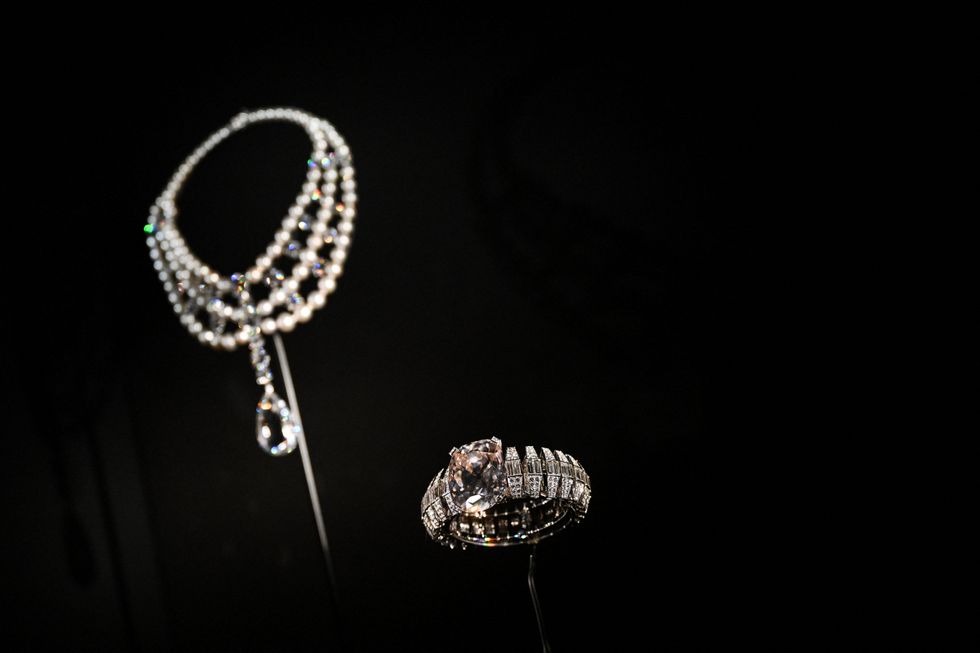
Also on display is a tiara from 1902 set with 1,048 diamonds worn to the Queen’s coronation by Clementine Churchill, the wife of the then prime minister Winston Churchill. It was lent to singer Rihanna when she was photographed for the cover of W magazine in 2016.
There is also a square-shaped diamond engagement ring, one of two offered to actress Grace Kelly by Monaco’s Prince Rainier; and a diamond rose brooch worn by the queen’s sister, Princess Margaret.
“We wanted to showcase ...the legacy of Cartier over a hundred years,” said Molesworth.
In one room, the curators gathered a collection of 18 tiaras spanning from 1900 to the modern day – a grand finale to the dazzling display.
There is also a sapphire, yellow and rose gold wristwatch from 1962 owned by former US first lady Jackie Kennedy and later owned by reality star and businesswoman Kim Kardashian. A ruby necklace given to Elizabeth Taylor by her third husband, Mike Todd is also among those in display.
The design house was founded in Paris in 1847 when Louis-Francois Cartier took over the workshop of his master.
In 1898, his grandson Louis Cartier joined the brand, and was to play a pivotal role in Cartier’s evolution. And then in 1902, his brother Pierre, opened a branch in London.
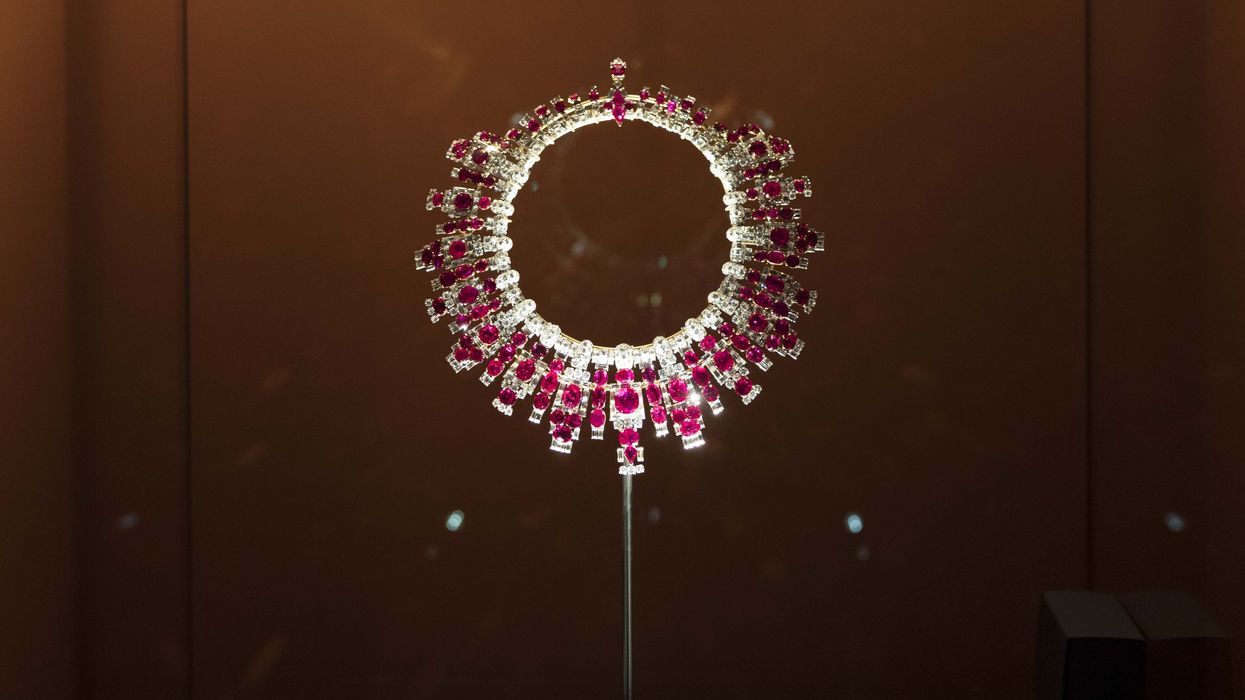
“We see very early on, even in the beginning of the 1900s, that Cartier is really looking around for inspiration,” said Molesworth. “We see inspirations from the Islamic world, from Egypt, from China, from India. The brothers ...travelled. They went to Russia, they went to India,” she added. Above all, they managed to capture the changing moods of the times in which they lived.
After the stunning diamond necklaces of the Roaring Twenties came more sober gold bracelets, designed in the 1960s.
“One of the great successes of Cartier is staying ahead of the times, being the trendsetters, and realising that they are keeping up with the changing world around them,” the curator said.
During the war years, Cartier designed a brooch in 1942 of a caged bird to mark the Nazi occupation of France.
Following France’s liberation, the design was changed in 1944. Called Free as a Bird the brooch shows a chirping bird, bearing France’s distinctive red, white and blue colours, spreading its wings as it flies out of its cage.
The exhibition also wanted to explore the links between the French house and the British royal family, which dates back to the early 1900s.
In 1904, King Edward VII officially appointed Cartier as jewellers to the monarchy – a title which it retains to this day.
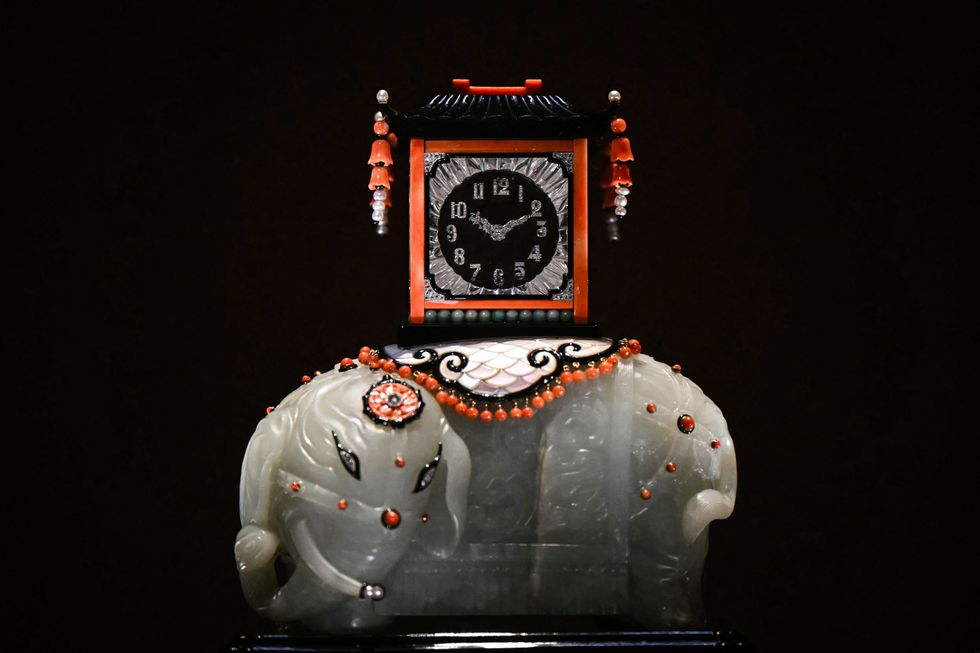
This includes the Halo Tiara ordered by Queen Elizabeth II’s father, George VI, for his wife the late queen mother.
Imbued with almost 800 diamonds, it was worn by Princess Margaret to the 1953 coronation of her sister Elizabeth and later to hold the veil of Catherine Middleton on her marriage in 2011 to Prince William.
“As a jewellery historian, I see how they’ve used lots of wonderful elements to come up with brilliant new ideas,” Molesworth said. “They’ve always pushed boundaries and at every new point in history they have a nod to their heritage today, yet they have come up with new jewels that speak to the modern woman.”
Cartier, which remained under family control until 1964, is now owned by Swiss holding company Richemont.

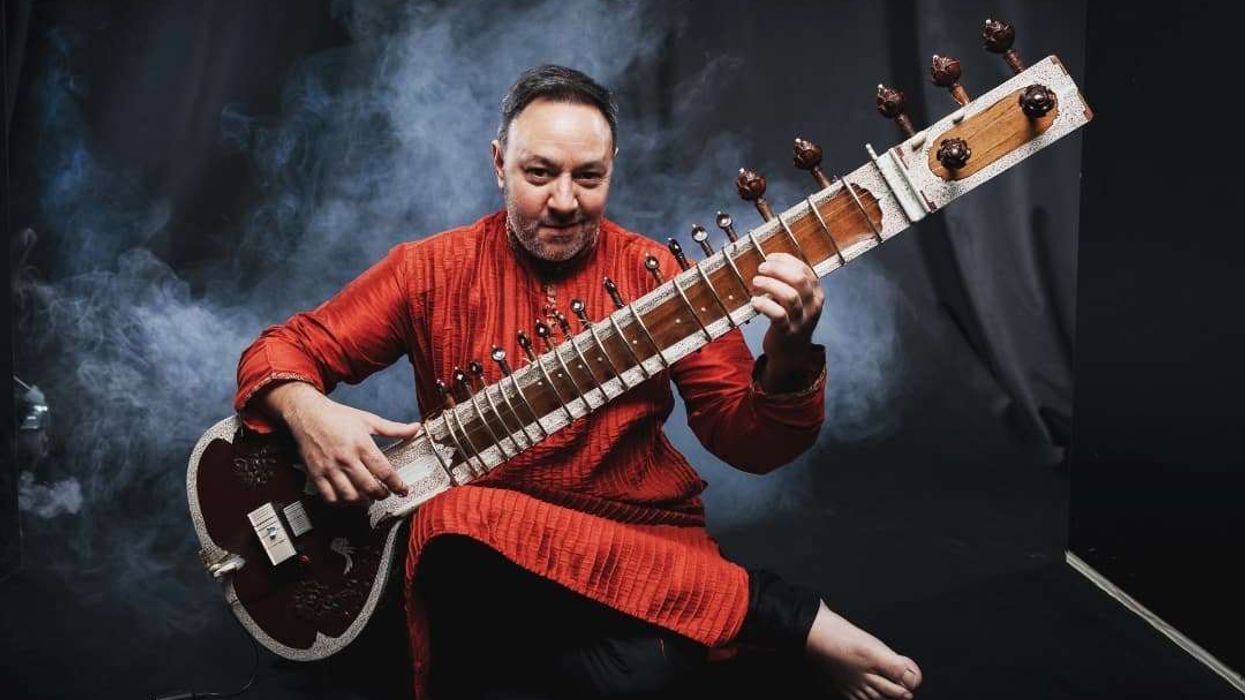



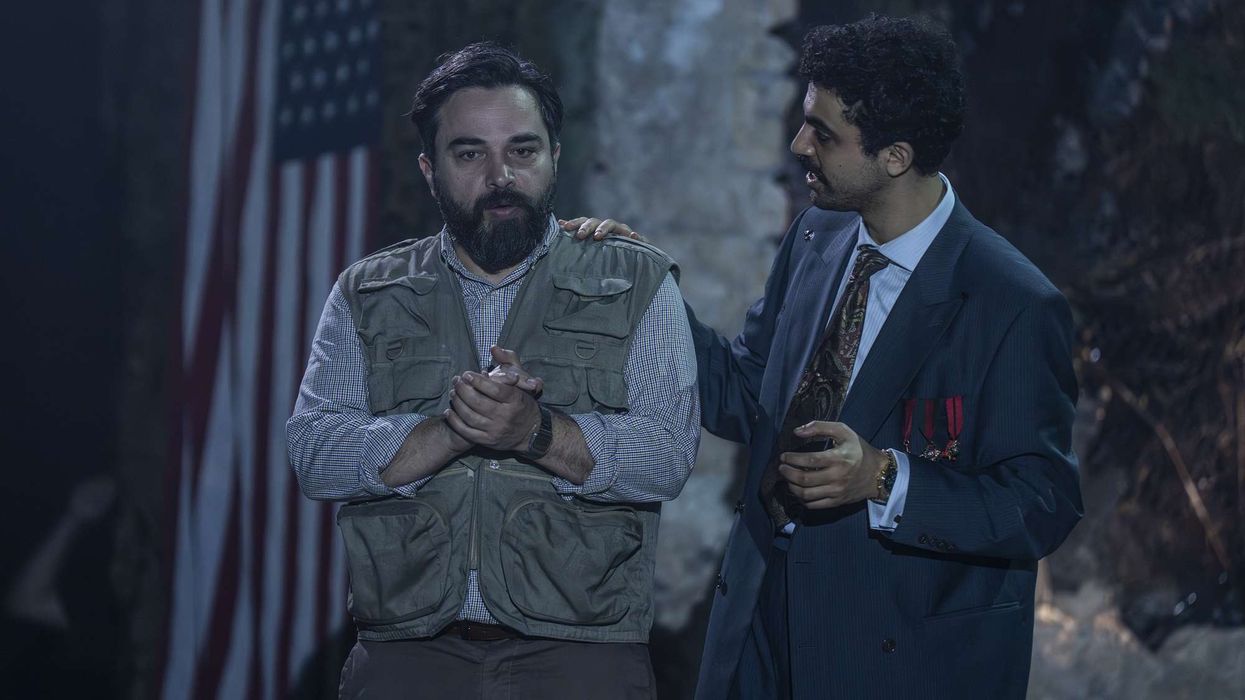
 Ammar Haj Ahmad, Sayyid Aki ©EllieKurttz
Ammar Haj Ahmad, Sayyid Aki ©EllieKurttz  Kathryn Hunter, Arinzé Kene©EllieKurttz
Kathryn Hunter, Arinzé Kene©EllieKurttz






